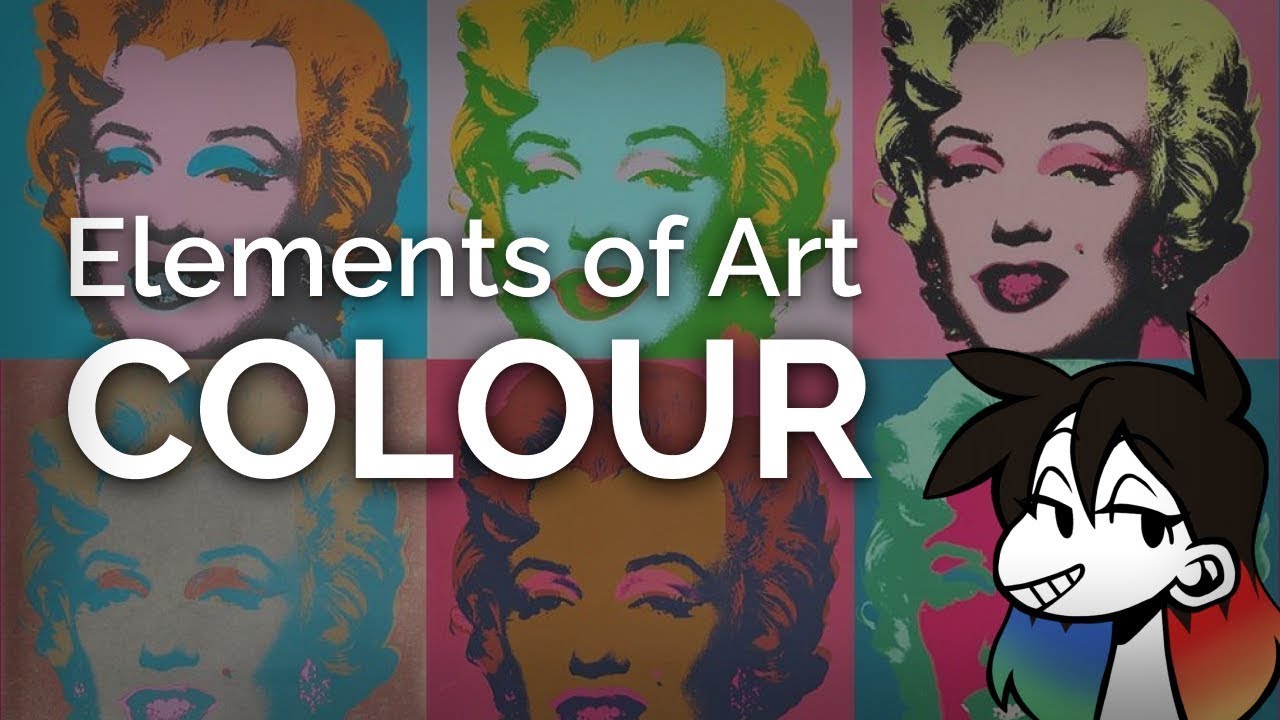We Spent 24 Hours Locked In Red and Blue Rooms
Summary
TLDRIn this humorous experiment, Rhett and Link immerse themselves in rooms entirely colored red and blue for 24 hours to explore how color psychology affects their emotions and behavior. Red triggers energy and aggression, while blue evokes calmness and sadness. Throughout the experiment, they endure uncomfortable settings, consume bizarre food cubes, and reflect on their moods. They engage in amusing conversations, tackle awkward challenges, and even respond to harsh internet comments. The experience leads them to comedic introspection, highlighting the impact of color on their mental state, while maintaining their signature playful banter.
Takeaways
- 🎨 The experiment involves Rhett and Link immersing themselves in red and blue environments for 24 hours to explore the effects of color psychology on emotions and behavior.
- ❤️ Red is associated with increased heart rate, passion, and energy, but can also cause distraction, irritation, and aggression.
- 💙 Blue promotes focus, empathy, and calmness but can also evoke sadness and dejection.
- 🛏️ Rhett and Link each have themed rooms filled with corresponding colored objects, including decorative toilets, chessboards, and hamster-style liquid feeders.
- 🥤 Their liquid feeders dispense red and blue water, with Link noting his red water tastes awful while Rhett's blue water tastes fine.
- 🟥 Red can boost physical performance and alertness, while blue helps with concentration, though this effect may not always be significant.
- 🧩 They are given food cubes, which they find difficult to catch, and their reactions to the taste range from unappetizing to lethargy-inducing.
- 😢 The experiment also includes reading negative YouTube comments, highlighting how red might amplify stress while blue fosters empathy and reflection.
- 💤 As they attempt to sleep, the story of Ferdinand the fox, who selfishly hoards water at the expense of other animals, prompts Rhett and Link to discuss themes of selfishness, truth, and revolution.
- 🥊 The experiment culminates in a playful, imaginary battle between Rhett and Link, with red symbolizing aggression and blue representing calm persistence, but they both end up surrendering.
Q & A
What is the experiment that Rhett and Link are participating in?
-Rhett and Link are immersing themselves in rooms filled entirely with one color each—Rhett in red and Link in blue—for 24 hours to explore how color psychology affects their emotions, behaviors, and perceptions.
What does color psychology suggest about the effects of red and blue?
-Color psychology suggests that red increases heart rate, passion, and athletic performance but can also cause distraction and anger. Blue, on the other hand, is believed to enhance focus and empathy but may also evoke sadness or despair.
How do Rhett and Link react to being in their color-themed rooms?
-Rhett feels restless and over-stimulated in the red room, experiencing discomfort and a lack of calm, while Link feels lethargic and a bit sad in the blue room. They both mention feeling compressed and unsettled in their environments.
What kind of sustenance do Rhett and Link receive in the experiment?
-Rhett and Link receive water from hamster-style liquid feeders and food cubes that match their room's color—red for Rhett and blue for Link. However, they both express dissatisfaction with the taste of the water and food cubes.
How does the script depict the potential downsides of red and blue according to color psychology?
-The script illustrates red's association with stress and aggression through Rhett's increasing irritability, while Link's experiences of lethargy and sadness highlight blue's connection with sorrow and dejection.
What is the significance of the comments section in the experiment?
-The comments section serves as a psychological test for Rhett and Link, with the narrator reading harsh and critical comments from their YouTube videos. This adds emotional tension, aligning with the potential emotional impacts of red and blue.
How do Rhett and Link react to the negative comments?
-Rhett and Link display a mixture of humor and defensiveness. Rhett tries to find value in the criticism, while Link expresses frustration but also maintains some level of detachment.
What is the purpose of the bedtime story about Ferdinand the fox?
-The bedtime story of Ferdinand the fox, who selfishly redirects water from other animals, is meant to reflect themes of deception and selfishness. It may also serve to further stress Rhett and Link's emotions, as they discuss its implications after hearing it.
What impact does the bedtime story have on Rhett and Link?
-Rhett and Link seem disturbed by the story, particularly focusing on the suffering of the dehydrated animals. This adds a layer of emotional discomfort to the already tense atmosphere created by their color-filled environments.
What does the final part of the experiment involving a 'battle' signify?
-The 'battle' between Rhett and Link towards the end, where they humorously spar while embodying their colors, symbolizes the tension and emotional shifts caused by their prolonged exposure to red and blue. It showcases how color might influence mood, competitiveness, and aggression.
Outlines

This section is available to paid users only. Please upgrade to access this part.
Upgrade NowMindmap

This section is available to paid users only. Please upgrade to access this part.
Upgrade NowKeywords

This section is available to paid users only. Please upgrade to access this part.
Upgrade NowHighlights

This section is available to paid users only. Please upgrade to access this part.
Upgrade NowTranscripts

This section is available to paid users only. Please upgrade to access this part.
Upgrade NowBrowse More Related Video

What The Colors You Wear Say About You

Kimia - ANIMASI PERCOBAAN PENGARUH KONSENTRASI DAN VOLUME PADA PERGESERAN KESETIMBANGAN

Fényelektromos jelenség vizsgálata

Color Psychology - How Colors Influence Your Choices and Feelings

Warna Untuk Jualan - Teknik Psikologi Marketing

COLOR: Elements of Art Explained in 6 minutes (funny!)
5.0 / 5 (0 votes)